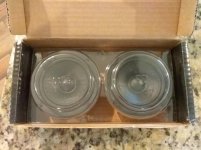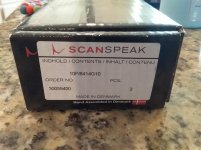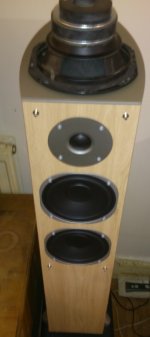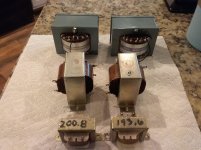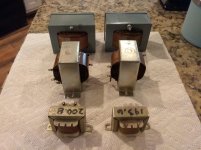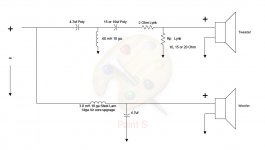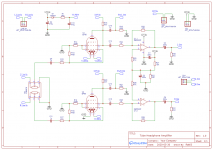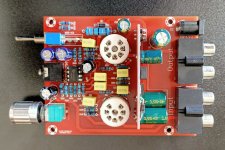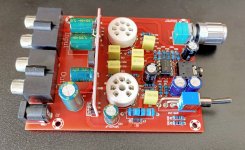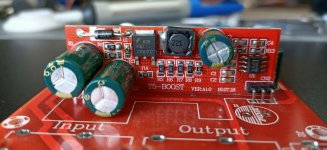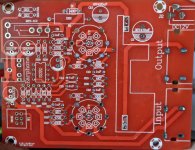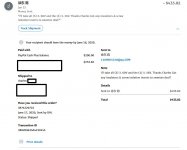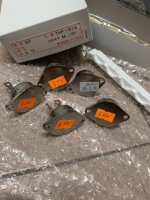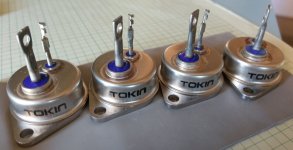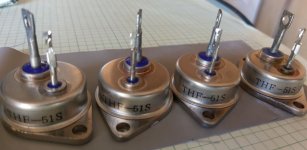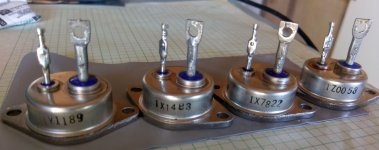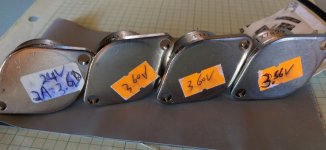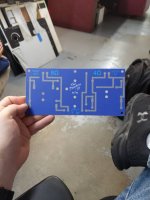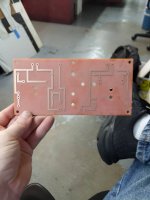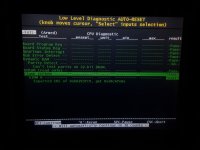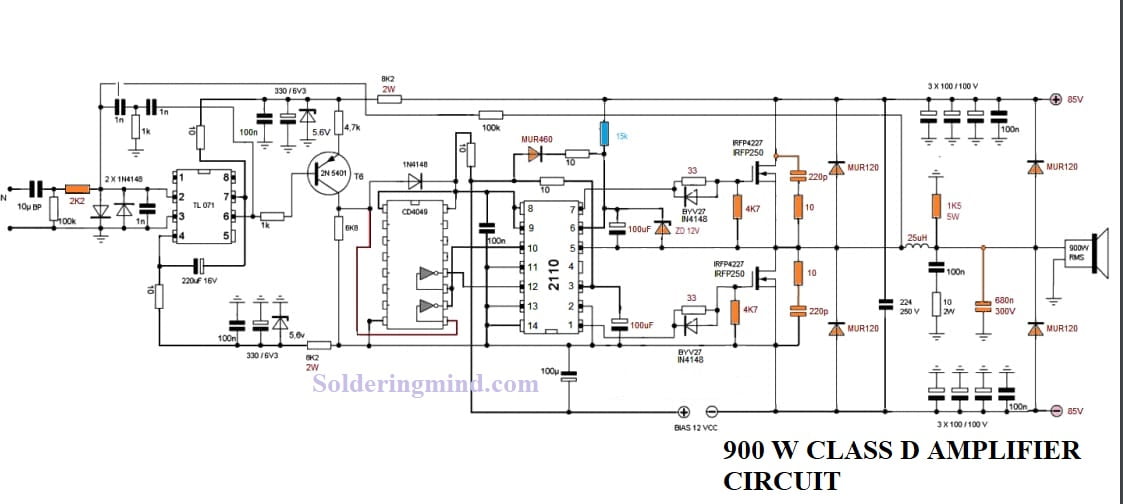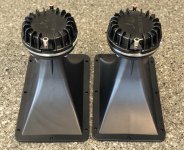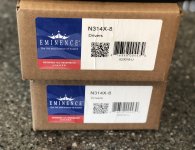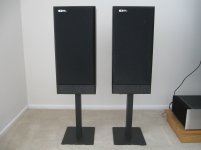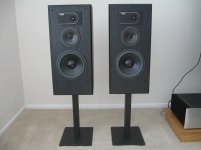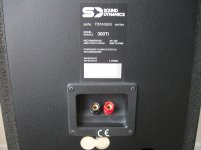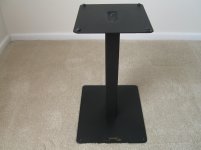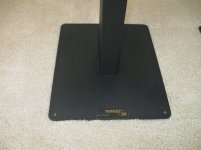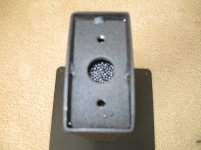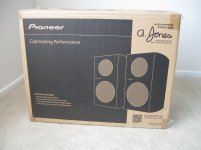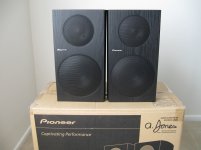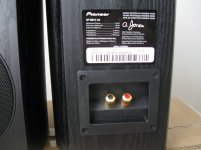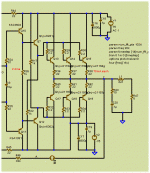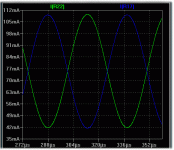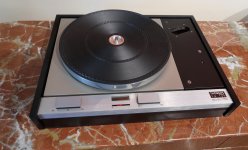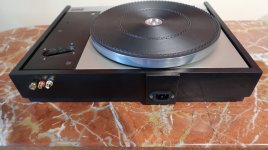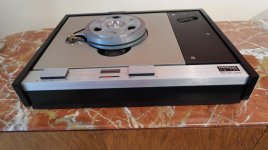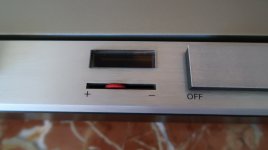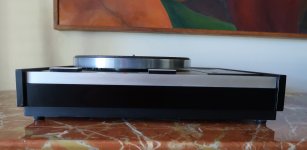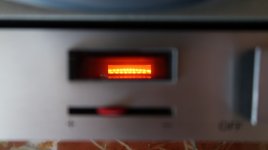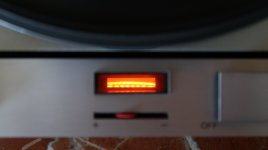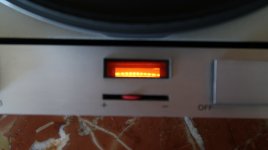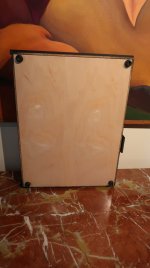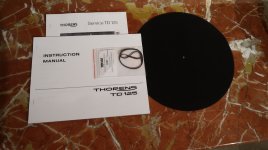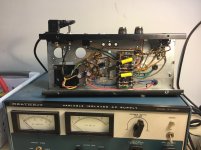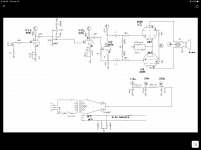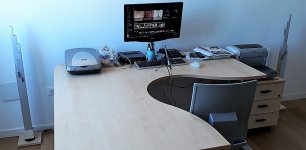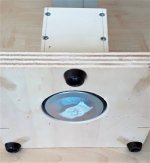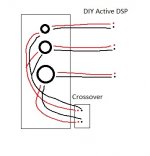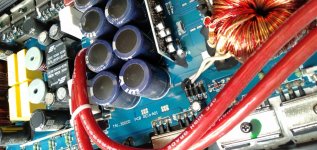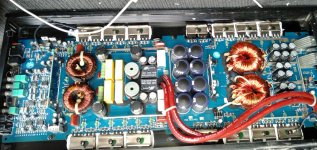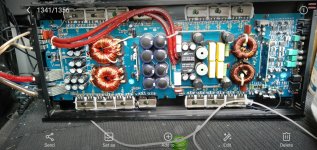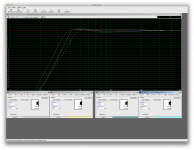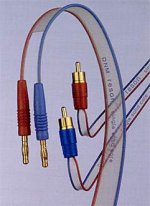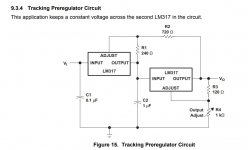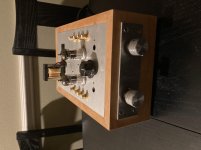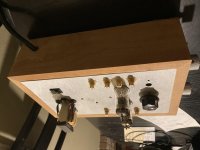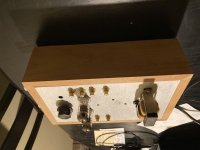Hello everyone, I am trying to repair a PSB SubSonic subwoofer that I bought recently for cheap (for obvious reasons).
I obtained the service manual and started doing some basic tests. Seeing that the amp wouldn't power up at all or show any signs of life, I decided to first test the power supply. This amp uses a SMPS that has a pwm control to change the voltage of the supply rails continuously with changes in the load.
I had a look at the schematic and tested the voltage at the specified points, only to find that pretty much all the voltage readings I took were no where near the specified voltage, leading me to believe the power supply is faulty.
Some of the voltages were higher, and some were lower than what they were supposed to be. Another thing that I noted was Q401 and Q402 would get very hot, too hot to touch and they only share a smallish heatsink.
Another observation was the the power supply is audibly noisy in operation, sounds almost like a camera flash unit as it charges.
I have a basic understanding of SMPS's operation, but very little experience with them and I do not know what the best route for repair would be. It is no problem for me to remove components either partially or fully to allow out-of-circuit testing.
From what I have described, are there any common failure points that I should investigate first, or is there a procedure to trace the fault? I could simply go through and replace all the semiconductors and capacitors, but I would no doubt be replacing a lot of components that were perfectly fine, along with no guarantees of actually fixing the problem.
Any help would be greatly appreciated, I hope to learn something from this exercise so I don't want to simply replace everything until it works, as I may not even fix it and spend money for no reason.
Perhaps a couple of components failed and caused a cascade where their failure triggered other parts to fail? I do not know, so I thought I would ask here as I'm sure there are some experts on the subject. Thank you for taking the time to read my post, if you can help in any way I would be most grateful for your time and advice.

